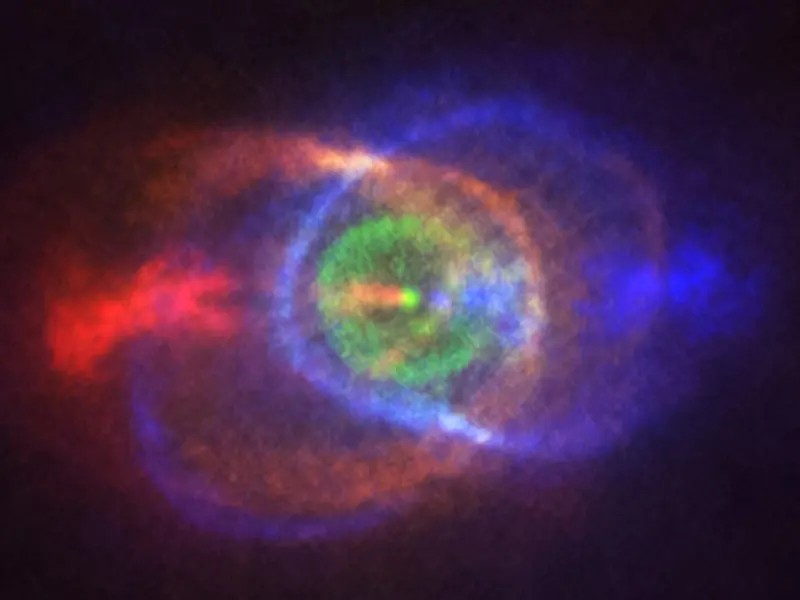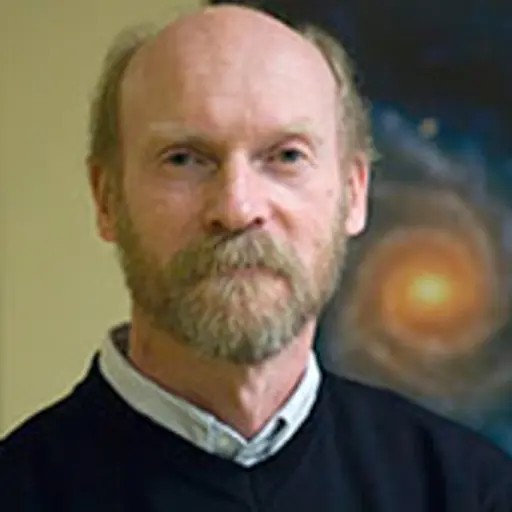We study the late stages of evolution of low-mass and high-mass stars. These stars fuse new elements in their interior, which are released through stellar winds and explosions, and hence lead to the chemical evolution of the interstellar medium, galaxies, and the Universe as a whole.

Depending on their initial mass, stars will evolve along the asymptotic giant branch (AGB) or explode as supernovae (SNe). In both cases, large amounts of microscopic dust particles are formed, which play a critical role in the formation of new stars and planets, from a dynamical and chemical perspective.
Key questions that we focus on are:
-
What is the driving mechanism of the winds from low-mass stars on the AGB?
-
What is the molecular content in the winds of AGB stars, and what role do magnetic fields and binary interaction play in shaping the stellar wind, and creating the observed structures in planetary nebulae - the remnants of the stars after AGB evolution?
-
For both low-mass stars on the AGB, and high-mass supergiants and SNe, what are the properties of the dust that is produced and released into the ISM?
- What are the molecular yields released into the ISM?
-
What are the differences in the wind-driving mechanisms?
The answers to these questions inform us about one of the fundamental aspects of the evolution of the Universe: late stellar evolution and the impact on galaxies, the ISM, and star and planet formation.
We carry out our research using state-of-the art observing facilities, from optical to radio observations, including observations with ALMA, the Herschel Space Telescope, and the VLTI. We additionally use advanced molecular and dust radiative transfer codes and hydrodynamical calculations.
Faculty members involved

- Associate Professor, Astronomy and Plasma Physics, Space, Earth and Environment

- Associate Professor, Astronomy and Plasma Physics, Space, Earth and Environment

- Researcher, Astronomy and Plasma Physics, Space, Earth and Environment

- Senior Researcher, Astronomy and Plasma Physics, Space, Earth and Environment

- Professor Emeritus, Astronomy and Plasma Physics, Space, Earth and Environment

- Full Professor, Astronomy and Plasma Physics, Space, Earth and Environment